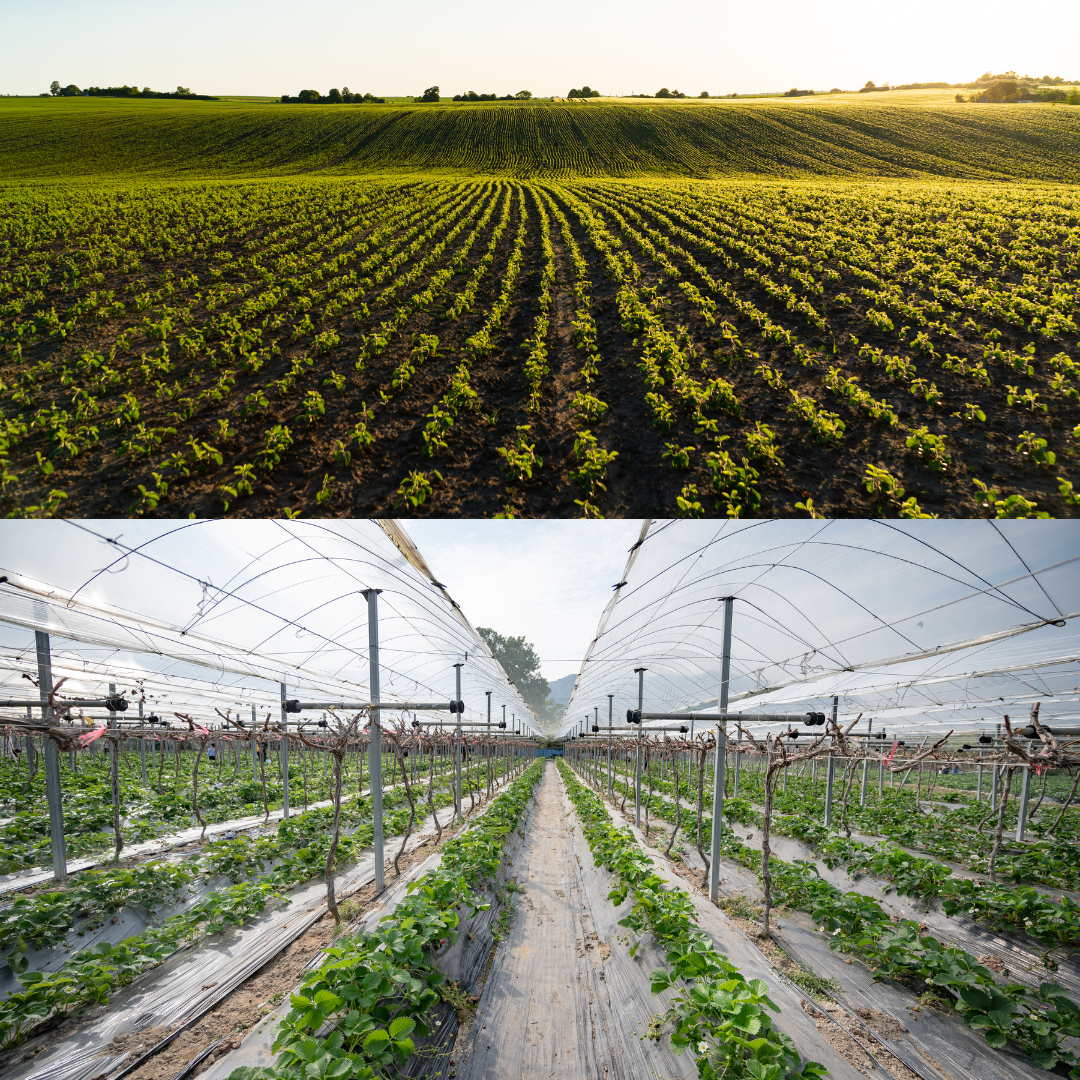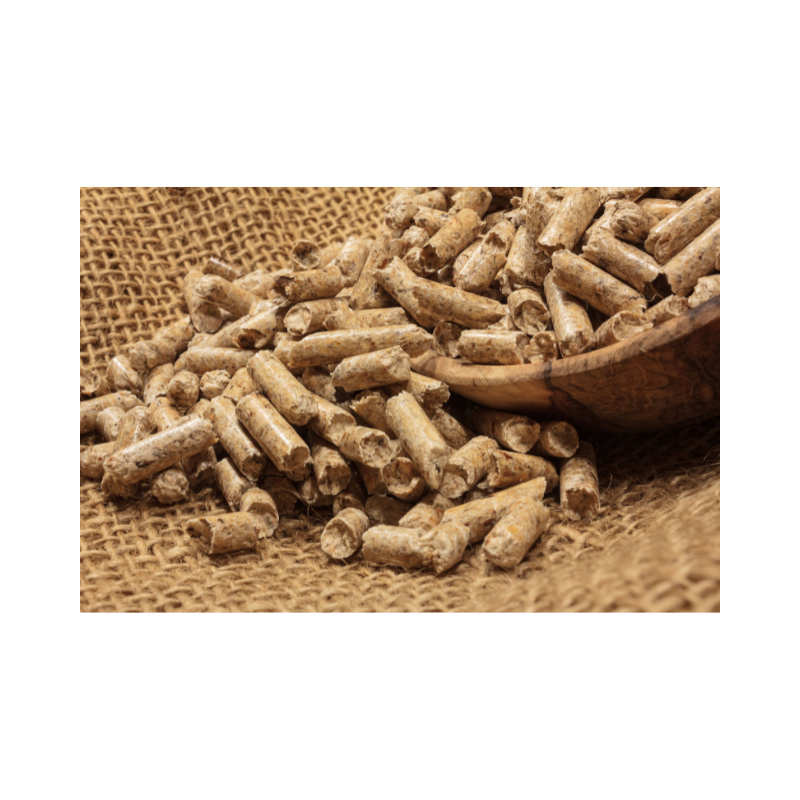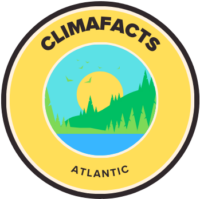Author: Tomas Wang
Date: June 25, 2025

Area of Impact:
Atlantic Canada
Article Information and Location:
Moira Donovan, CBC News, August 22, 2024
INTRODUCTION
The evolution of human society has been accompanied by improvements in the production process. Much has improved since the Stone Age, marked by the various revolutions in production, including the Neolithic Revolution, the Industrial Revolution, and the Technological Revolution. However, the production process has not been perfected by any means. Much waste is still produced, some actively posing threats to the environment and others. The imperfect nature of production has contributed majorly to the damage done to the environment in the past centuries. Scientists and engineers have worked relentlessly in the effort of improving the production process and reducing waste. One of the waste-reducing methods that has gained recent attention is wool pellets.
The article Turning wool into pellets could keep fibre from going to waste — and help farmers weather a changing climate introduces the idea of wool pellets, explains what makes them great, and outlines the current wool pellet industry. This only leaves one question: what are wool pellets? In modern society, wool farming still remains a significant industry. Wools are used quite abundantly, being manufactured into everyday products like clothes and blankets. However, not all wools are quality enough to be transformed into fabric. These lower-quality wools, which are seen often in Atlantic Canada, are often put to waste or sold at a very low price. Wool pellets fix this problem.

INFORMATION AND SIGNIFICANCE
Wool pellets are fertilizer products that are manufactured using lower-quality wool. As mentioned previously, this provides a use for pellets that would normally be left as waste. About this, Sara Gennaro of Taproot Fibre Lab said, “There is quite a lot of waste wool in Nova Scotia […]; we have the opportunity to purchase that wool [and] turn it into something that is useful.” As a fertilizer, wool pellets are also 100% organic; compared to chemical fertilizers, wool pellets are doubtlessly more eco-friendly. Wool pellets contain important nutrients, including nitrogen, magnesium, potassium, iron, copper, and zinc. Wool pellets also have the ability to retain water; it can retain water up to 30% of its mass. This not only means that wool pellets can prevent over-watering, but it also indicates that wool pellets could take on a significant role in combating droughts. As stated by Ruth Mathewson of the Canadian Co-operative Wool Growers: “If you are in a drought situation, that [is] going to retain water.”
The industry of wool pellets already has a solid base. Many small businesses are getting in and beginning to produce wool pellets, including Knit Pickers PEI which recently bought a $20,000 pellet mill. Its owner, Margaret McEachern, claimed that the wool pellets were loved by the farmers. 14,000kg of wool pellets are being produced on Prince Edward Island annually and there is potential to expand beyond the Maritimes. Machines that could produce wool pellets at a large scale are being produced by Canadian Co-operative Wool Growers. These machines are said to have the ability to travel around and they could hopefully expand the wool pellet industry outside of Atlantic Canada.

As a new industry, wool pellets are quite significant, especially to Atlantic Canadians. Atlantic Canada is the birthplace of the Canadian wool pellet industry. As the industry expands, it will possibly gain further attention within the region and create job positions for those who are interested. The impact of wool pellets on farmers goes without saying. However, to an average individual, it may also come in handy. For those who are into gardening or just have a few plants in the house, wool pellets may be a great choice. Not only does it provide crucial nutrients, but it also works to help reduce over-watering. Furthermore, buying wool pellets supports the environment and helps local businesses.
CONCLUSION
As a prospering new industry, wool pellets seem to be doing great. The fact that it tackles so many problems environmentally makes it destined to attract attention from environmentalists and flourish locally. However, whether it could become a popular product nationally and internationally is still uncertain; there are many complications to the development of an industry and we simply cannot predict the future of wool pellets. Despite this uncertainty, wool pellets still remain a great example of an improvement in production in the hope of reducing waste. Hopefully, wool pellets will inspire others to do the same and help preserve our environment by improving the pre-existing technology to be more eco-friendly.
